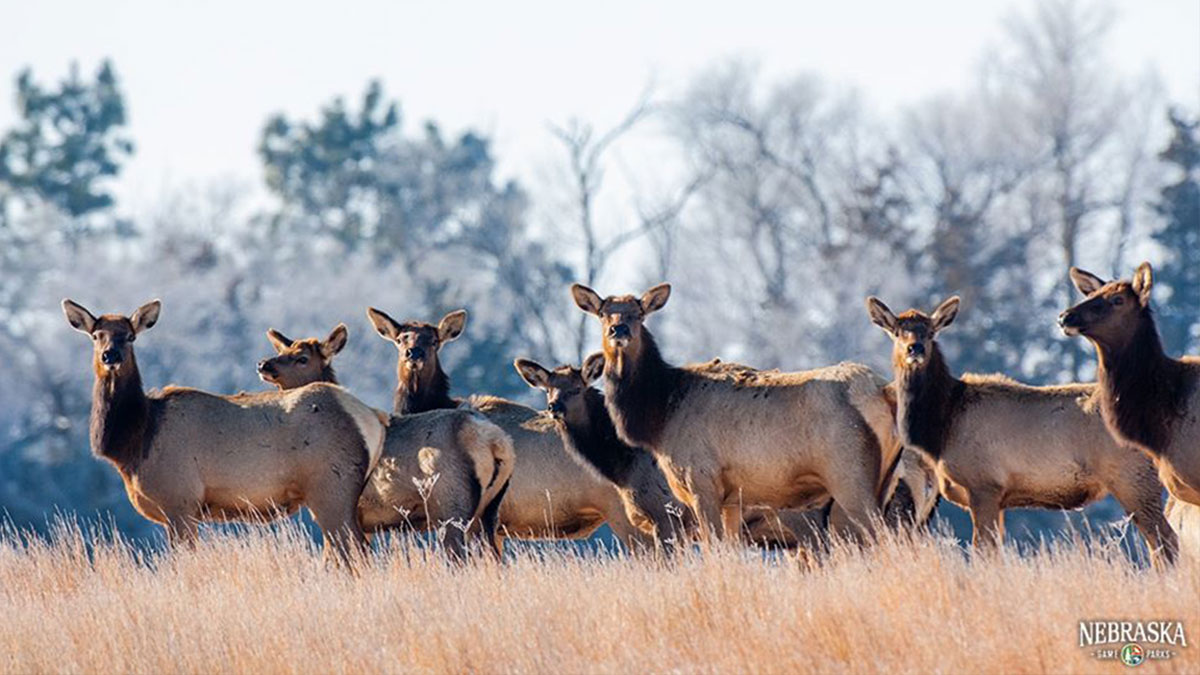Like 34 other states and five Canadian provinces, Nebraska is dealing with chronic wasting disease (CWD) among its ungulate populations. The fatal nervous system disease has no known cure and continues to spread across the country.
The Rocky Mountain Elk Foundation recently supplied public comment on the Nebraska Game and Parks Commission’s (NGPC) CWD plan and its strategies designed to reduce its spread.
“RMEF appreciates continued surveillance efforts by NGPC. Understanding the nature of CWD-spread is a continued need, and RMEF supports active surveillance to monitor for new detections,” wrote Karie Decker, RMEF director of wildlife and habitat.
Specific to the plan, RMEF suggested several suggestions including:
- Continued sampling across elk range, given the low sample size for elk
- Finding more partnerships to improve testing response time and sample size
- Support for NGPC’s research efforts to improve the understanding of cervid population dynamics
- Consideration of policies to prevent the spread with best practices such as carcass disposal, transport, etc.
- More management-based actions in the Pine Ridge and Plains Units, given the high-prevalence rates
- Strong support for using hunting as a tool to meet CWD management objectives
“RMEF appreciates NGPC’s commitment to educating the hunting and non-hunting public about CWD and the threats posed to cervids,” added Decker.
RMEF is a founding member and sponsor of the Chronic Wasting Disease Alliance. Along with other partners, RMEF more recently created the CWD Applied Research Program in 2019, which brings together top CWD researchers and managers to identify the highest priority research that will impact CWD management.
Dating back to 1994, RMEF and its partners completed 112 conservation and hunting heritage outreach projects in Nebraska with a combined value of more than $12.2 million. These projects conserved or enhanced 35,389 acres of habitat and opened or improved public access to 18,799 acres.
(Photo credit: Nebraska Game and Parks Commission)
